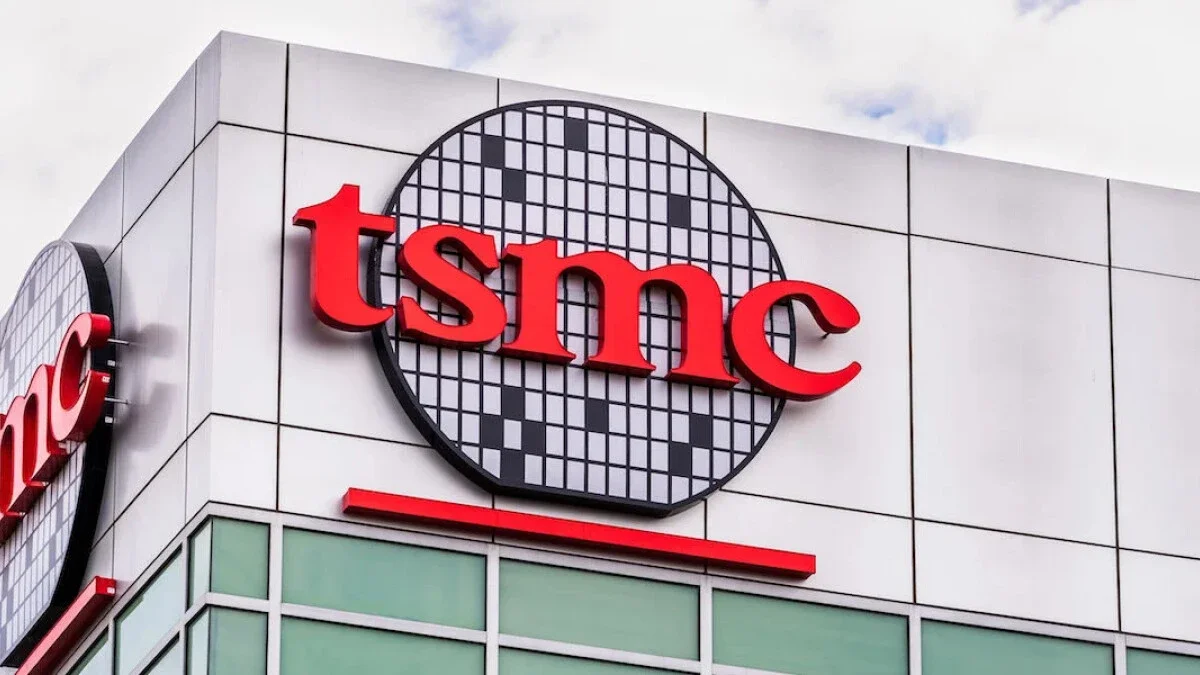- A third of all EU-made semiconductor chips come from Saxony
- Universities, research institutes and industry key to success

The Globalfoundries semiconductor fabrication plant in Dresden.Photographer: Liesa Johannssen/Bloomberg
Over 76,000 people in Saxony are employed in the local chip industry, thanks in part to nearby clusters of research institutes, semiconductor-related companies and technical universities. By 2030, lobbyists project, this number will grow to 100,000.
That, however, isn’t enough – not for Germany, nor for Europe as a whole. By that year, the European Union wants to manufacture 20% of the world’s semiconductors, up from 10%. Dresden’s efforts to train talent and attract skilled workers may offer clues as to how that could happen.
Sampada Godkhindi is a graduate of Dresden’s Technical University, which launched a masters program in nanoelectronic systems in 2011, attacting many overseas students and creating a pipeline of talent that flows directly to industry. Originally from Karnataka, India, Godkhindi began looking into English-language masters programs in Germany after working for a German automotive parts company, and TU Dresden topped a lot of her searches. Upon receiving her degree, she wanted to stay in the area, and got a job as an integration engineer at GlobalFoundries, where she patterns electronic components onto semiconductors.
Universities like TU Dresden and nearby research institutes such as the Helmholtz Center and Fraunhofer Institute have made it possible for producers to “secure both experienced chip experts and young graduates and skilled laborers for our chip factories,” semiconductor maker Robert Bosch GmbH told Bloomberg via email.

VEB Robotron workers assemble a computer control panel in Dresden in 1984.
There is also a vibrant ecosystem of companies working within and across the semiconductor sector, fostered by industry groups like Silicon Saxony. That organization, which has over 450 members in the region, represents chipmakers, academic institutions and suppliers.
These are the kinds of conditions that lawmakers want to replicate across Europe. In April, European negotiators agreed on the final version of the EU Chips Act, committing 43 billion euros to bolstering the bloc’s semiconductor sector. As well as allocating subsidies for research and major new fabs, the EU want to close the skills gap in microchip production. Programs like the European Chips Skills 2030 Academy could help, with its aim of training of 500,000 microelectronics experts in the coming decade.
Germany is also trying to get ahead of its skilled worker shortage. Last October, the government announced a strategy focusing on education, upskilling, increasing labor participation, improving work culture and reducing emigration. Europe’s largest economy is also reforming its immigration laws to make it easier for skilled workers from abroad to come to Germany.
Such moves are especially urgent as 28% of electrical engineering experts and 33% of engineering supervisors in Germany’s semiconductor sector will reach retirement age within the next 10 to 12 years, according to a study from IW Koeln. Germany-wide, the sector reported a shortage of 62,000 employees between June 2021 and June 2022. With the population graying and fewer Germans entering the workforce, “there’s still a huge need for foreign skilled labor,” a spokesperson from Germany’s Labor Ministry told Bloomberg.

Dresden’s foreign population has more than doubled in a decade.
Dresden has made this a priority this in recent years, to the benefit of the chipmaking sector. Infineon, which recently broke ground for a fourth fab in the city, has employees from more than 50 countries in Saxony, while GlobalFoundries has over 40 nationalities represented at its Dresden site. Of the students filling the 65 slots in TU Dresden’s chipmaking course last year, many came from China and Iran, with Indian nationals making up 57% of the class.
Part of these changing demographics are the long-tail result of western countries relaxing their focus on STEM education. “We had fewer electrical engineers coming out of the colleges,” said Syed Alam, a Global High Tech Industry Lead at Accenture.
In the EU, chipmakers also struggle to match the salaries offered elsewhere in the world, according to Silvana Muscella, the Technical Coordinator of ALLPROS.eu, an EU project funded by the Digital Europe Programme. “Europe’s losing talent because they can’t pay as much as a Singaporean, South Korean, US or Canadian organization can,” Muscella explained.
More broadly, chipmakers are having trouble competing with the higher salaries on offer in other technical fields, some of which have the added appeal of being less physically demanding. “Even the electrical engineers that are coming out, they may not be selecting semiconductor industry as their primary choice,” Alam said. “They’re going into the software industry.”
Alongside government-level efforts to draw people to the sector, companies are also targeting the problem, explained Frank Boesenberg of the lobbying group Silicon Saxony. In an interview, he said he was especially keen on engaging with people “who may only enter the industry in ten years or so.”At an industry open house at the Dresden airport organized by the group, recruiters and HR representatives pitched university students on joining the field.
Boesenberg was also very clear on where his future colleagues would likely be found. “It will be very difficult - or in fact not possible - to cover the current and future needs of the industry just from Saxony alone. That means we need immigration,” he said.
Beyond attracting skilled workers to Germany, an additional challenge is convincing them to stay. As support for the far-right Alternative for Germany has increased in Saxony in recent years, chipmakers are acutely aware of making sure that Dresden remains a place where foreigners want to live.
Programs have been launched to connect skilled tech professionals from India with jobs in Saxony, industry groups help people settle into life in the region and local organizations facilitate community-building among new arrivals. Dresden is not as international as some of Germany’s larger cities, but the share of foreigners in the Saxon capital has more than doubled since 2014.
After four years in Dresden, Godkhindi can see herself living in the city for a long time. As her adopted home looks to build up its chip industry and attract international talent, Godkhindi thinks Germany could improve its marketing to prospective overseas students.
“Germany’s a very student-friendly country,” she said. “You get a very good quality of education and fairly low living costs. And this fact is not advertised well to students in India.”



